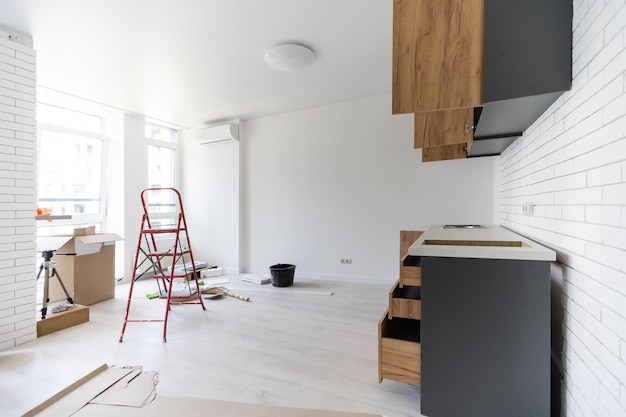If you’re planning to remodel your kitchen in the Golden State, one of the first questions you may have is whether you need a permit to proceed. California has specific rules and regulations regarding building permits, and this article will guide you through the process, clarifying when a permit is necessary and how to obtain one.
Understanding California Building Codes and Permit Requirements
In California, building permits are regulated by the California Building Standards Code, which comprises a series of codes that cover various aspects of construction, including plumbing, electrical, mechanical, and energy efficiency. A permit is typically required when the work involves any significant structural, electrical, or mechanical changes to your home.When is a Permit Required for a Kitchen Remodel?
A permit is generally needed for kitchen remodeling projects that involve the following:- Structural changes: This includes moving or removing walls, changing the layout of the kitchen, or adding new windows or doors.
- Electrical modifications: If you plan to add or relocate electrical outlets, switches, or light fixtures, or change the wiring, you will likely need a permit.
- Plumbing alterations: Modifying, adding, or relocating plumbing fixtures or pipes will require a permit.
- Mechanical updates: Replacing or installing new ventilation systems or appliances that require gas or electrical connections may necessitate a permit.
Projects That May Not Require a Permit
Minor cosmetic changes like repainting, replacing cabinetry, or installing new countertops typically do not require a permit. However, it is essential to consult with your local building department to confirm whether your specific project falls under this category.Obtaining a Building Permit
If your kitchen remodeling project requires a permit, you can apply for one through your local building department. The process typically involves the following steps:- Prepare the necessary documentation: This may include detailed project plans, site plans, and other supporting documents that demonstrate compliance with the California Building Standards Code.
- Submit the application: Fill out the permit application form and submit it along with the required documentation to your local building department.
- Pay the fees: The cost of a permit varies depending on the scope of the project and the municipality in which you reside. Be prepared to pay the required fees upon submission of your application.
- Wait for approval: The building department will review your application and may request additional information or modifications to your plans to ensure compliance with local codes.
- Schedule inspections: Once your permit is approved, you will need to schedule inspections at various stages of the project to ensure the work is being done according to code.

